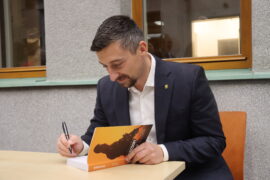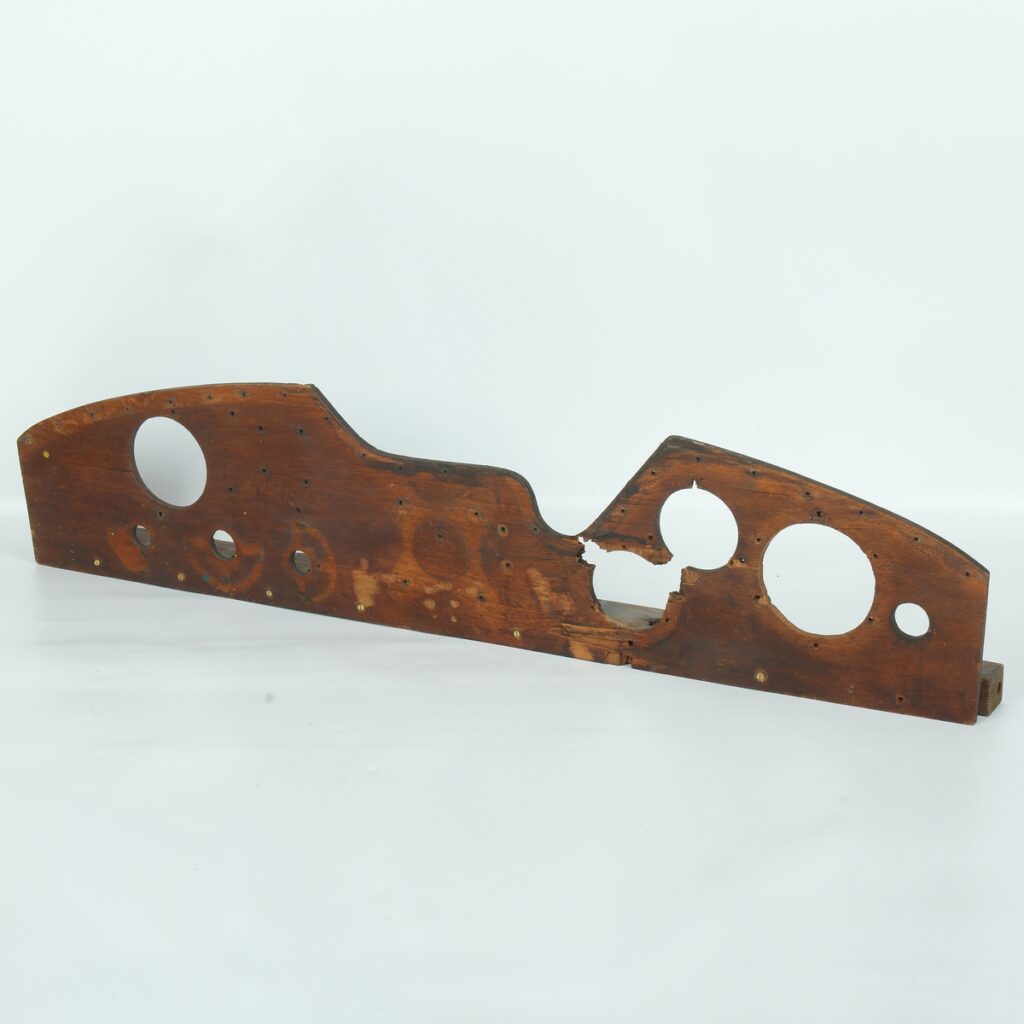
06 Instrument Panel from French SPAD S.VII.C.1 Aircraft, 1916
Fotogalerie
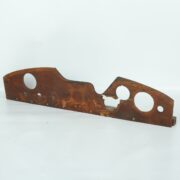
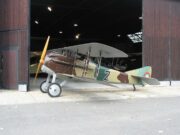

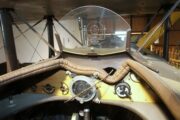
The incentive for the design of SPAD VII was given by the French main headquarters with its requirement for a new aircraft powered by the 150 hp Hispano Suiza HS 8A engine. The prototype, designated SPAD Type V, took off for the first time in April 1916. After the successful completion of tests, the first order from the French Air Force followed on 10 May 1916. The serial aircraft with factory designation of S.VII.C.1 were equipped with the HS 8Aa engine (180 hp). Besides France, the aircraft were produced under license in the UK and Russia. The manufacturing of S.VII.C.1 produces a total of 5,600 units, followed by an even larger production of the SPAD S.XIII.C.1 type, of which 8,472 examples were produced. The large number of powerful SPADs in the hands of French and British fighters contributed greatly to the elimination of German air superiority on the Western Front. Several Czech pilot-legionnaires flew SPADs on the Western Front. After the war, Czechoslovakia purchased and partially received nearly 150 S.VII C.1 and S.XIII.C.1 SPADs from the French government, some of which served only for spare parts. After the war, Czechoslovakia became their third largest user after France and the USA. In 1923, they started to be decommissioned from combat units and transferred to training units.
The instrument panel in the photographs originally belonged to the aircraft with serial number 11 583, which came into the armament of our air force directly from France. After a rather successful service, it ended up in the West Bohemian Aero Club and from there it was handed over to the National Technical Museum. In 1979, it was transferred to the aeronautical collections of the Military History Institute. Between 1982 and 1984, the Military Museum technicians carried out an overhaul. It was found that the original five-layer plywood instrument panel was irreparably damaged by unprofessional intervention and was therefore replaced with a replica. The old instrument panel was then stored in a depository after being preserved.
Aktuálně
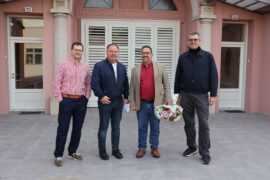
Výzkum u českých krajanů v Chorvatsku
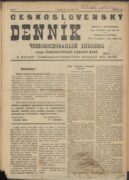
Československý deník sehrál v životě legionářů v Rusku velmi důležitou roli. Poprvé vyšel v prosinci 1917

Děkujeme za podporu pro válečné veterány. Sbírka DiGiMÁK vynesla 450 tisíc korun
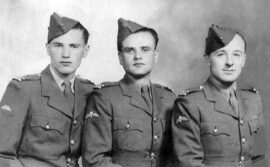
Tak trochu zamrzlé spojení
